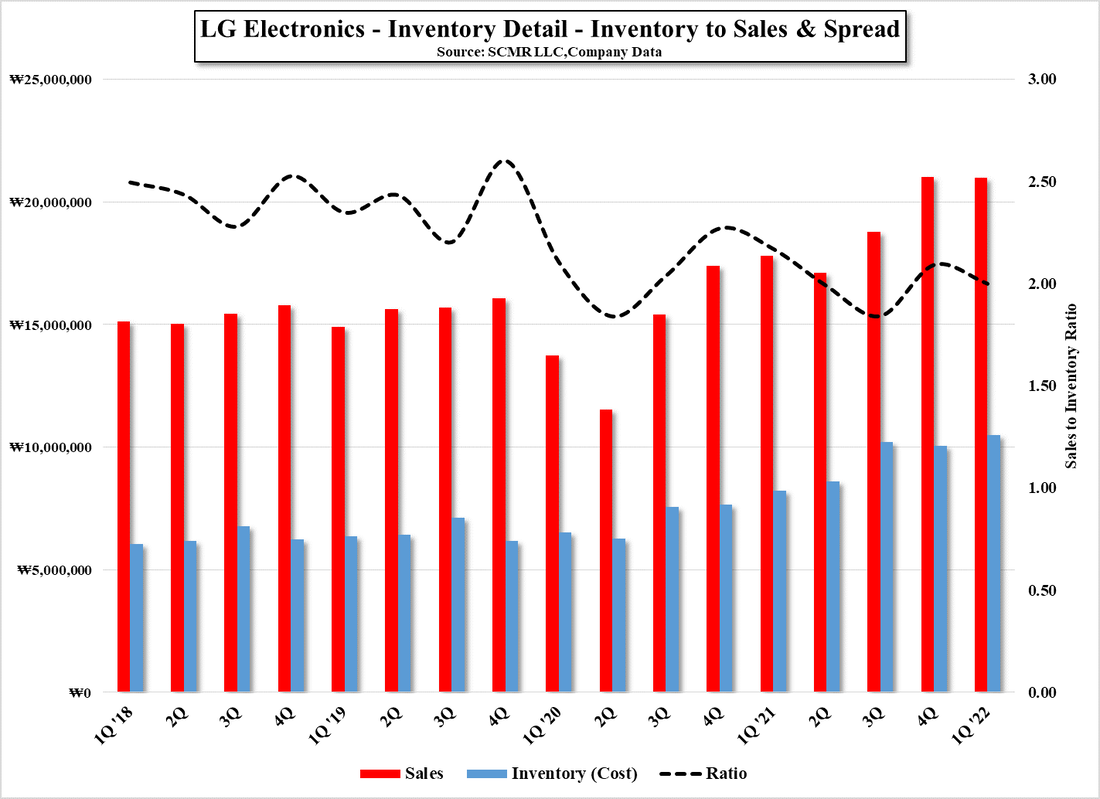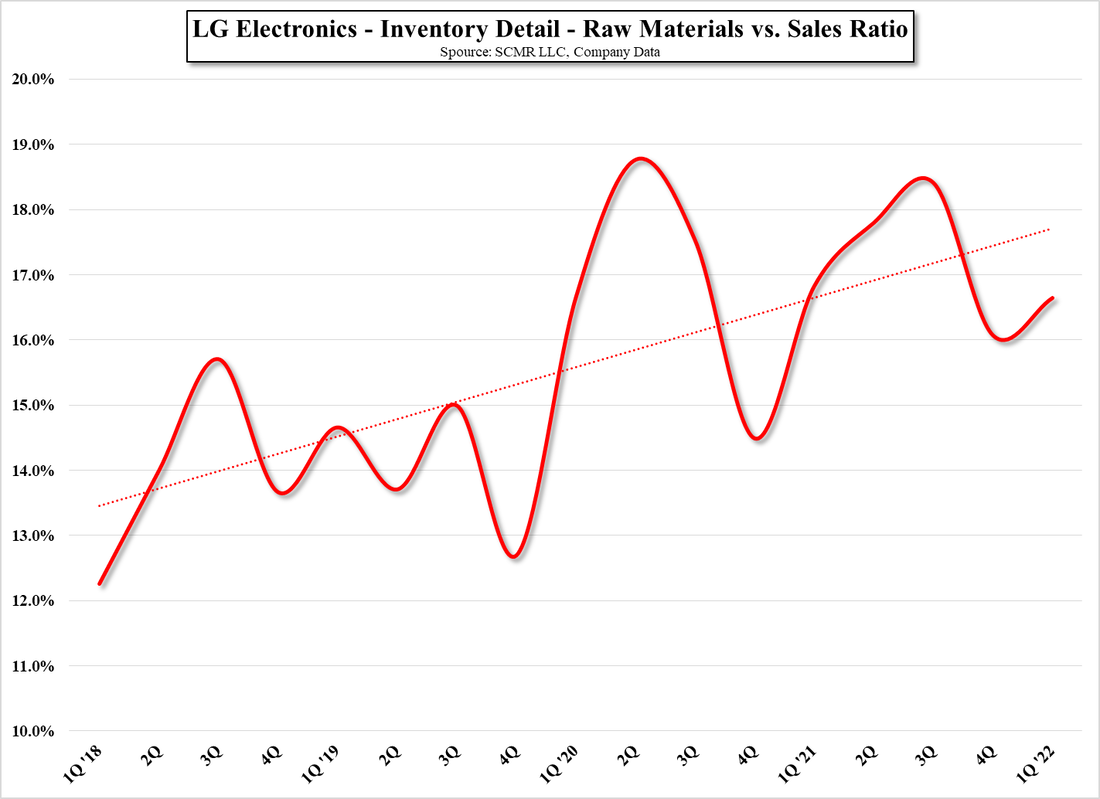Inventory Building

Sales for electronics & appliance retailers were down on a y/y basis in January and February and up in March (seasonally adjusted) and were above 5-year averages for February and March as shown below, so there was a bit of pre-buying by consumers. That said, since the April 2 deadline and the subsequent postponement, inventory levels, at least in the PC space, have continued to increase.
Typically 6 to 8 weeks of inventory are held across the CE retail supply chain, yet it seems that the average currently is about 10 weeks, with some mid and low price tier products in the 12 to 16 week range according to data from primary suppliers. As we still have over 60 days before the next deadline, there seems to be little panic among brands, but more of a steady stream of additional product, with most traffic through standard shipping containers and little air transport. But for containers to reach the US and pass through customs, they need to be on the water in early June and container prices to date are remaining steady, a good indication of the anxiety level of shippers at this point in time. While they are not in a panic, they are not taking any chances.
We are a bit surprised that CE brands are continuing to build inventory after the postponement and exclusions, but it seems to indicate a distrust of the administration’s exemption fortitude and leans toward a worst case scenario in July. We believe that the impact of reciprocal tariffs should they be implemented on CE products and therefore consumers, would be quite onerous and politically burdensome, making such an enactment very short-term (days/weeks) before exemptions come to the surface again. While there are lots of countries that could see massive tariff increases, the primary US trading partners will likely be exempted again. The harder question to answer would be how much the potentially high tariff status of countries like Vietnam, Indonesia, and the Philippines will affect prices if those tariffs are imposed, and whether India will be exempted as these are a key manufacturing centers for CE products.
In the interim, China remains the primary target for tariffs, and to offset the expectations for lower trade with the US, China will continue its efforts to increase local consumption. We expect they will add additional consumer appliances to the subsidy programs that have been in place for months and will cooperate with provincial governments to add ‘smart’ home-oriented devices to the subsidy list, paid for with another round of bond sales of ~$41b US. There has been some talk about the central government’s desire to consolidate the semiconductor equipment industry in China by merging China’s ~200 semi equipment companies into 20 primary suppliers. While this will save subsidy capital and improve cost efficiency, it will take some time to implement and to see results, although it has been done in other industries in the past, typically through M&A financed with government support..


 RSS Feed
RSS Feed